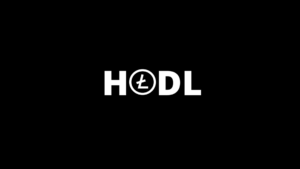Coinbase CEO Brian Armstrong announced the launch of his own blockchain on Wednesday, Base, which seeks to be an Ethereum Layer-2 network that allows access to over 100 on-chain apps.
This layer 2 solution is anticipated to become the default network for Coinbase’s on-chain products
The idea that the CEO of a publicly listed company would launch a sufficiently decentralised blockchain in 2023 has raised eyebrows, considering that absolute censorship-resistance like that of Bitcoin and Litecoin is not exactly replicable. Popular crypto news site Watcher.Guru referred to the launch as ‘decentralised’, which produced a fair bit of head-scratching.
How does a publicly traded company launch a decentralised blockchain?
— Gabor Gurbacs (@gaborgurbacs) August 9, 2023
In Coinbase’s press release, the exchange said that Base was created with “a clear vision: bring the next million builders and billion users on-chain. This serves to accelerate a global, decentralised financial system that will increase economic freedom around the world.”
However, public transactions without the accompanied decentralisation does not appear to be a step up from what PayPal or Revolut offer today. In addition, reporting the launch of Base as a decentralised network appears to inadvertently muddy the waters between decentralised public blockchains like Bitcoin and Litecoin, and traditional financial institutions, which can be taken to court, coerced to provide private information or otherwise.
Coinbase trialled its blockchain in February. It then opened the network to builders in July, allowing users to bridge Ether to the Base network with certain developer tools. According to Dune Analytics, over US$127.3 million worth of Ether had been bridged to the Base blockchain as of Thursday afternoon in Asia.
Coinbase faces regulatory scrutiny from the US Securities and Exchange Commission, which filed a lawsuit against Coinbase and Binance.US in June for breaching securities laws.
Join the telegram channel for updates, charts, ideas and deals.
Did you like the article? Share it!


